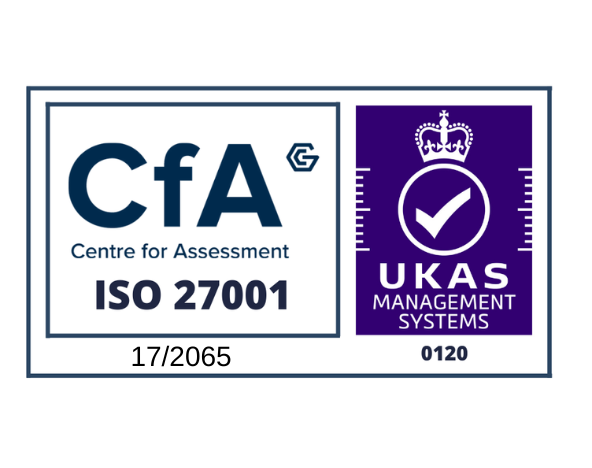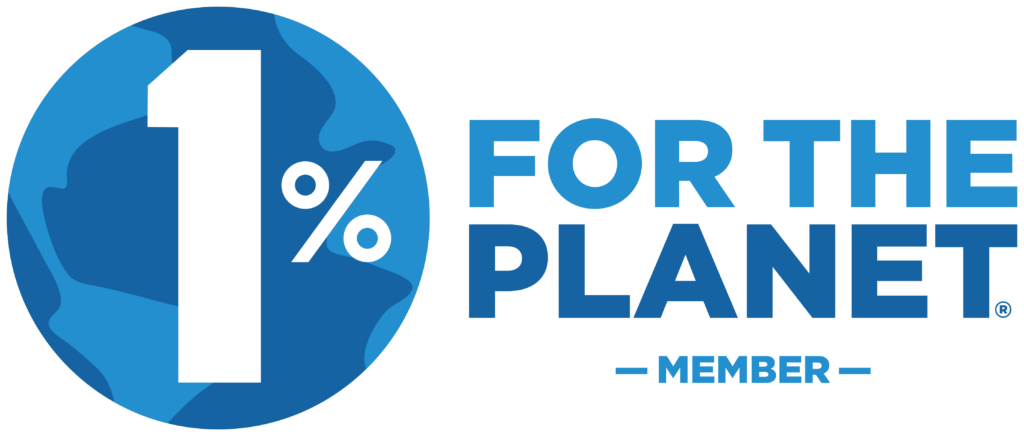What is a Tuck-in Acquisition?
In the evolving landscape of mergers and acquisitions (M&A), companies continuously seek strategies to bolster their market presence and operational capabilities. One increasingly popular approach is the tuck-in acquisition. This strategy, which involves the acquisition and integration of a smaller company into a larger one, offers numerous advantages and unique challenges. Here, we delve into the intricacies of tuck-in acquisitions, comparing them to bolt-on acquisitions, understanding their motivations, and examining real-world examples.
Understanding Tuck-in Acquisitions
A tuck-in acquisition is a type of business acquisition where a larger company purchases a smaller one and integrates its operations, resources, and systems into its existing framework. Unlike other forms of acquisition, the acquired company typically loses its original systems and structures, becoming fully absorbed into the acquiring entity. This approach allows the larger company to swiftly enhance its capabilities, expand its market presence, and acquire new technologies or intellectual property.
For instance, consider a major retail chain aiming to strengthen its online presence. By acquiring a smaller online retailer with a robust e-commerce platform and a loyal customer base, the larger chain can seamlessly integrate these assets into its existing operations, thereby boosting its online sales and market reach.
Why Tuck-in Acquisitions?
Companies pursue tuck-in acquisitions for several strategic reasons:
- Smoother Integration: Smaller acquisitions can be integrated more efficiently into existing operations, leading to quicker realisation of synergies.
- Expansion: They offer a way to expand market presence without the need for large-scale mergers.
- Synergy: Tuck-in acquisitions allow companies to acquire similar technologies, products, or personnel that enhance their own talents.
- Cost-efficient: Smaller acquisitions often have lower costs compared to larger deals, as they can require less restructuring.
- Low-risk: With les complexity and scale, tuck-in acquisitions can mean fewer risks and are less disruptive to the business.
- Market Advantage: They enable companies to bolster their market position and expand into new markets
Common Challenges in Tuck-in Acquisitions
Despite their benefits, tuck-in acquisitions come with specific challenges:
- Pre-deal: Finding a smaller company that aligns with strategic goals can be difficult. Companies must conduct thorough market research or seek advice from professional advisors.
- Due Diligence: The due diligence process involves reviewing vast amounts of data, which can be overwhelming. Utilising virtual data rooms (VDRs) helps organise and manage documents efficiently.
- Integration: Merging organisations with different cultures can lead to resistance and conflicts. Addressing potential areas of conflict proactively and establishing open communication channels are essential.
- Post-integration: Integrating systems, processes, and personnel can disrupt operations. Developing a detailed integration roadmap with clear timelines and responsibilities is crucial.
How Virtual Data Rooms Aid Tuck-in Acquisitions
Virtual data rooms (VDRs) like Projectfusion offer significant advantages in managing tuck-in acquisitions:
- Collaboration: VDRs provide a platform where all relevant documents are stored and managed, ensuring that both the acquiring and target companies have access to the latest information.
- Simple & robust security: Advanced security features such as two-factor authentication, access controls, and dynamic watermarks protect sensitive information.
- Efficient workflows: Features like Q&A functionality, document annotations, and notifications facilitate efficient communication and collaboration between parties.
Real-world Examples of Tuck-in Acquisitions
Several high-profile tuck-in acquisitions illustrate the strategic value of this approach:
- Microsoft and Xamarin: In 2016, Microsoft acquired Xamarin, a company that provided tools for building cross-platform mobile apps. This allowed Microsoft to integrate Xamarin’s technology into its Visual Studio suite, enhancing its mobile app development capabilities.
- Amazon and Whole Foods: In 2017, Amazon acquired Whole Foods Market for $13.7 billion. This tuck-in acquisition gave Amazon a major foothold in the grocery and brick-and-mortar retail space, complementing its existing e-commerce business.
- Salesforce and Quip: Salesforce acquired Quip, a mobile productivity app company, in 2016 for $582 million. Quip’s collaboration tools were integrated into Salesforce’s platform to enhance its cloud-based offerings.
In Summary
Tuck-in acquisitions involve a larger company purchasing and fully integrating a smaller company into its operations. Strategic motivations mean companies pursue tuck-in acquisitions to expand market presence, enhance capabilities, and mitigate risks. However, they’re not without their challenges. Managing cultural misalignment, and minimising operational disruptions are common roadblocks. Tools like Projectfusion facilitate the management of tuck-in acquisitions through centralised document management, enhanced security, and streamlined communication.
Tuck-in acquisitions represent a powerful strategy for companies looking to grow and innovate without the extensive costs and risks associated with larger deals. By carefully selecting targets, utilising advanced tools for due diligence and integration, and addressing cultural and operational challenges, companies can successfully leverage tuck-in acquisitions to achieve their strategic goals.






